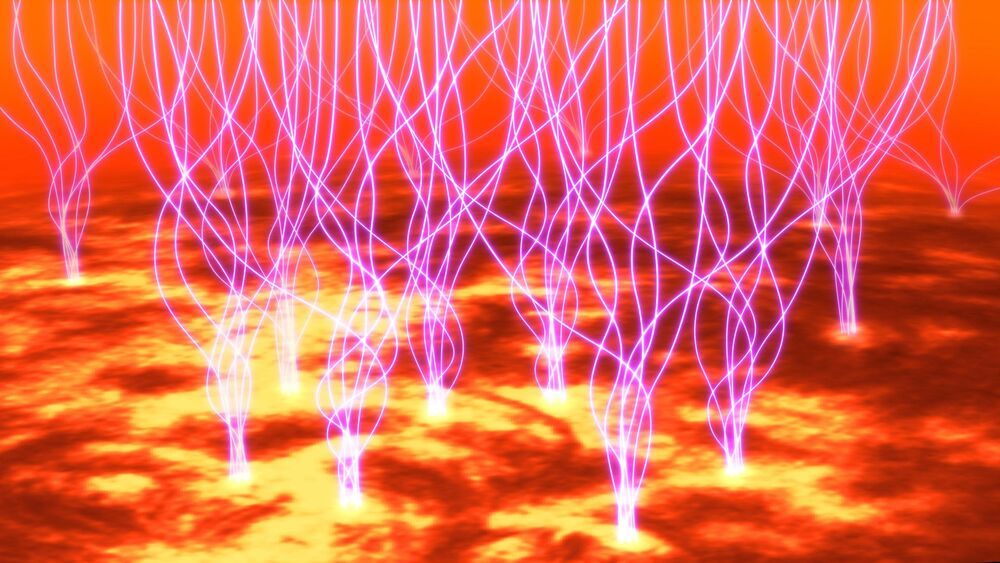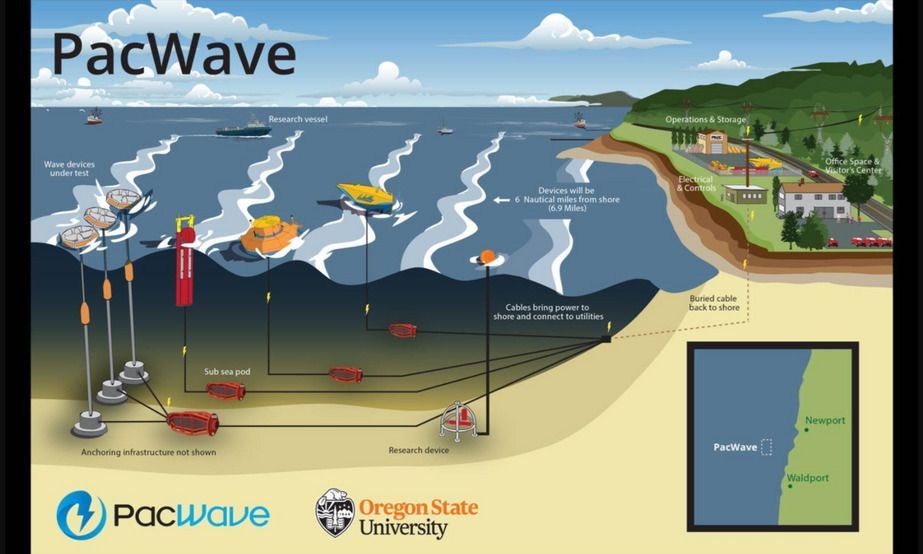Flywheel energy storage is a promising replacement for conventional lead acid batteries. How does it work as an energy storage system?



These three pillars of cybersecurity risk management need not stand alone. In fact, they all should be incorporated together in cybersecurity framework strategy to identify gaps, mitigate threats, and build resilience in the case of an inevitable cyberattack. Of course, there are many other elements and protocols associated with utilization of these cyber risk management pillars. Combining them creates a more holistic mindset that also makes it easier to plan and adapt. With the growing sophistication of global cyber-threats and the expanding digital attack surface, a vigilant three pillar approach makes good sense.
Chuck Brooks, President of Brooks Consulting International, is a globally recognized thought leader and evangelist for Cybersecurity and Emerging Technologies. LinkedIn named Chuck as one of “The Top 5 Tech Experts to Follow on LinkedIn.” Chuck was named as a 2020 top leader and influencer in “Who’s Who in Cybersecurity” by Onalytica. He was named by Thompson Reuters as a “Top 50 Global Influencer in Risk, Compliance,” and by IFSEC as the “#2 Global Cybersecurity Influencer.” He was named by The Potomac Officers Club and Executive Mosaic and GovCon as at “One of The Top Five Executives to Watch in GovCon Cybersecurity. Chuck is a two-time Presidential appointee who was an original member of the Department of Homeland Security. Chuck has been a featured speaker at numerous conferences and events including presenting before the G20 country meeting on energy cybersecurity.

Pulsed lasers repeatedly emit light for a short period of time as if blinking. They have the advantage of focusing more energy than a continuous wave laser, whose intensity is kept unchanged over time. If digital signals are loaded in a pulsed laser, each pulse can encode one bit of data. In this respect, the higher the repetition rate, the more the amount of data that can be transmitted. However, conventional optical-fiber-based pulsed lasers have typically had a limitation in increasing the number of pulses per second above the MHz level.
The Korea Institute of Science and Technology (KIST) announced that the research team led by Senior Researcher Dr. Yong-Won Song at the Center for Opto-Electronic Materials and Devices was able to generate laser pulses at a rate at least 10000 times higher than the state of the art. This achievement was accomplished by inserting an additional resonator containing graphene into a fiber-optic pulsed–laser oscillator that operates in the domain of femtoseconds (10-15 seconds). The data transmission and processing speeds are expected to increase significantly by applying this method to data communications.
The KIST research team noted that the characteristics of the wavelength and intensity of laser light that change over time are correlated (Fourier transform). If a resonator is inserted into the laser oscillator, the wavelength of the pulsed laser is periodically filtered, thereby modifying the pattern of laser intensity change. Based on this background research, Principal Researcher Song synthesized graphene, which has the characteristics of absorbing and eliminating weak light and amplifying the intensity by passing only strong light into the resonator. This allows the laser intensity change to be accurately controlled at a high rate, and thus the repetition rate of pulses could be increased to a higher level.

After over a decade of research and development around hydrogen fuel technology, President Cyril Ramaphosa says South Africa is now ready to manufacture and commercialise hydrogen fuels technology.
The President said this when he responded to a debate on the State of the Nation Address in Parliament on Thursday.
For more than a decade, government has been working with various partners, including the private sector and academia, to develop hydrogen fuel cell and lithium battery storage technologies.

Every day space telescopes provide spectacular images of the solar activity. However, their instruments are blind to its main driver: the magnetic field in the outer layers of the solar atmosphere, where the explosive events that occasionally affect the Earth occur. The extraordinary observations of the polarization of the Sun’s ultraviolet light achieved by the CLASP2 mission have made it possible to map the magnetic field throughout the entire solar atmosphere, from the photosphere until the base of the extremely hot corona. This investigation, published today in the journal Science Advances, has been carried out by the international team responsible for this suborbital experiment, which includes several scientists of the POLMAG group of the Instituto de Astrofísica de Canarias (IAC).
The chromosphere is a very important region of the solar atmosphere spanning a few thousand kilometers between the relatively thin and cool photosphere (with temperatures of a few thousand degrees) and the hot and extended corona (with temperatures above a million degrees). Although the temperature of the chromosphere is about one hundred times lower than that of the corona, the chromosphere has a far higher density, and thus much more energy is required to sustain it. Moreover, the mechanical energy necessary to heat the corona needs to traverse the chromosphere, making it a crucial interface region for the solution of many of the key problems in solar and stellar physics. One of the current scientific challenges is to understand the origin of the violent activity of the solar atmosphere, which on some occasions perturb the Earth’s magnetosphere with serious consequences for our present technological world.


Nearly three million Texans are enduring extreme cold and are without power in their homes. The embattled ERCOT, which manages the state’s power grid, said power is restored for 600000 households.
Nearly 3 million Texans are enduring extreme cold and are without power in their homes. The embattled ERCOT, which manages the state’s power grid, said power has been restored for 600000 households.

CORVALLIS, Ore. — The Bureau of Ocean Energy Management issued the first-ever lease for a wave energy research project in federal waters off the U. S. West Coast to Oregon State University. “This is the first time a lease has been issued to support the testing of wave energy equipment in federal waters off the U. S. West Coast,” said BOEM Director Amanda Lefton.

Right now, the entire electric VTOL scene is a house built on a foundation of faith. Faith that the hordes of researchers beavering away on next-gen battery technology will achieve an enormous energy density breakthrough, or faith that hydrogen fuel cell powertrains will prove safe, reliable and practical in an aviation context.
Both seem likely, eventually, but the urban air taxi industry is pushing to be up and running within five years, and right now there’s no powertrain on the market that can keep these energy-intensive vertical-lift birds in the air long enough to be practical in a commercial sense.
France’s Ascendance sees an opportunity for an intermediate step. The company was founded by four ex-Airbus employees who worked on the groundbreaking E-Fan project, which back in 2015 became the first electric aircraft to cross the English Channel. Now, the team is working on a hybrid initiative to make long-range, low-emissions VTOL flight a reality even before the battery and hydrogen guys make their breakthroughs.

Researchers unlocked the electronic properties of graphene by folding the material like origami paper.
Researchers at Monash University’s Department of Chemical Engineering, IITB-Monash Research Academy Mumbai, and The Indian Institute of Technology’s Department of Chemical Engineering have used reactive flash volatilisation (RFV) gasification technology to produce hydrogen using microalgae, giving rise to newer and cleaner forms of energy.